There are a lot of different ways that each homeowner applies in order to create a sense of unity and make their house unique the end goal of all these is to make the house feel complete. wall tiles are a great idea. Specially those that come in te size 450 mm.
Because there are so many different types of flooring to pick from, it can be challenging to determine which one will look the most attractive in each space. Tile is a good option to go with if you want to keep your spending under control while still having a variety of design choices available to you.
In locations where there is a risk of water damage, most individuals choose to install tile as their flooring material of choice. The installation of tile is an excellent approach to manage water and reduce the amount of moisture that enters a home.
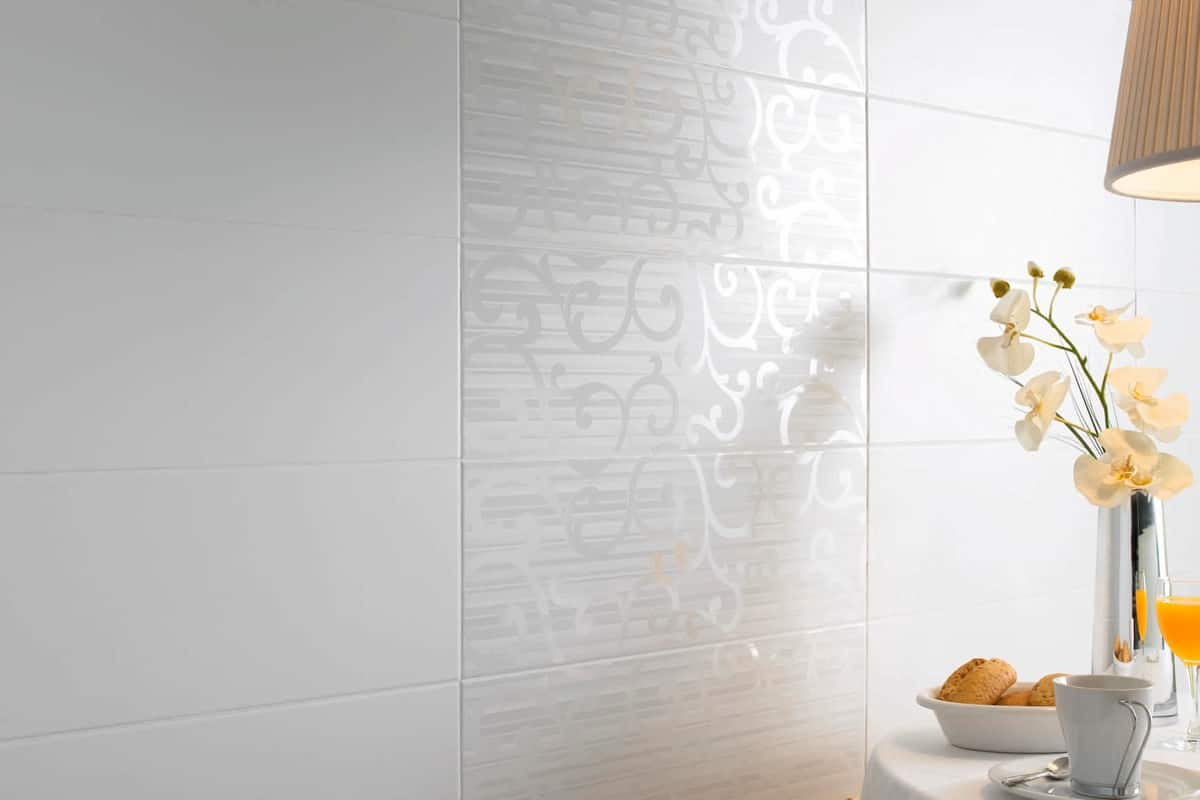
In today’s lesson, we are going to discuss the tiling options available for floors and walls, as well as the many types of tiles available. I am here to assist you in locating the most aesthetically pleasing tile at the most affordable price for your house.
The walls and flooring of your home are both potential locations for installing tile. What exactly is the key distinction between tiling the floor and tiling the walls?
When it comes to the many various varieties of tile, there are a lot of subtle variances that need to be mentioned. When it comes to outward presentation, ceramic and porcelain are the materials of choice for wall tile.
The individual pieces are typically much more compact than those of floor tile. In addition to this, they are less heavy and simpler to put on. Both varieties of tile have excellent resistance to the effects of heat and water when used in general. It has been hypothesized that the somewhat increased thickness of floor tiles accounts for their increased resistance.
Due to the fact that wall tile is so thin, it must under no circumstances be utilized for flooring purposes. If it is placed on the floor, it is prone to crack due to its lack of thickness, which makes it unable to support the weight of foot traffic. Before you make the purchase, check to see if the tile you want to use for the floor can actually withstand foot traffic.
Tile for the floor is typically less expensive than tile for the walls. While there are floor tile solutions available for less than $1 per square foot, the cost of wall tiling is typically more expensive.
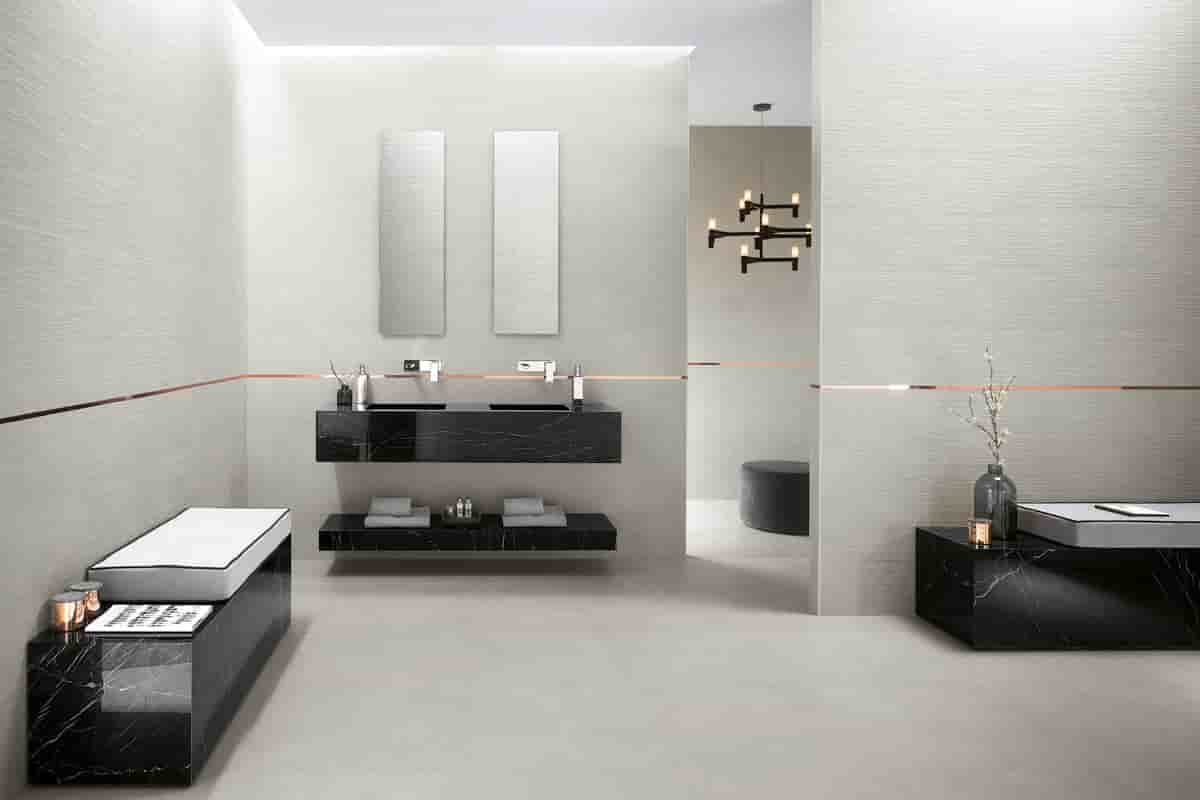
When looking at many possibilities for tiles, one of the most important aspects to consider is their level of hardness. This is indicated by a rating from the Porcelain Enamel Institute, which is also abbreviated as PEI. There are five different types of PEI ratings that businesses can use to categorize the level of difficulty.
The lower the rating, the more delicate and easily damaged the tile is. Tiles with a Class 1 rating should not be subjected to any foot traffic at all, whereas tiles with a Class 5 rating can withstand an excessive amount of foot traffic.
When looking for new tile for your home, one of the most important questions to ask oneself is in which room the new tile will be installed. As was just mentioned, hardness is an important factor to think about when selecting flooring for your home, particularly for the foyer and hallways.
Porcelain is the material to go for if you want something that is adaptable and can be placed in a variety of locations throughout your house. It maintains a timelessly elegant appearance while providing reliable durability. Because it is eco-friendly and hypoallergenic, it is an excellent choice for households that include both small children and dogs.
The use of marble and wood tile in a kitchen can give it an elegant and sophisticated appearance. When a homeowner installs stone tile in the bathroom or dark wood tile for a lodge-like ambiance, the space can be given a more creative makeover.
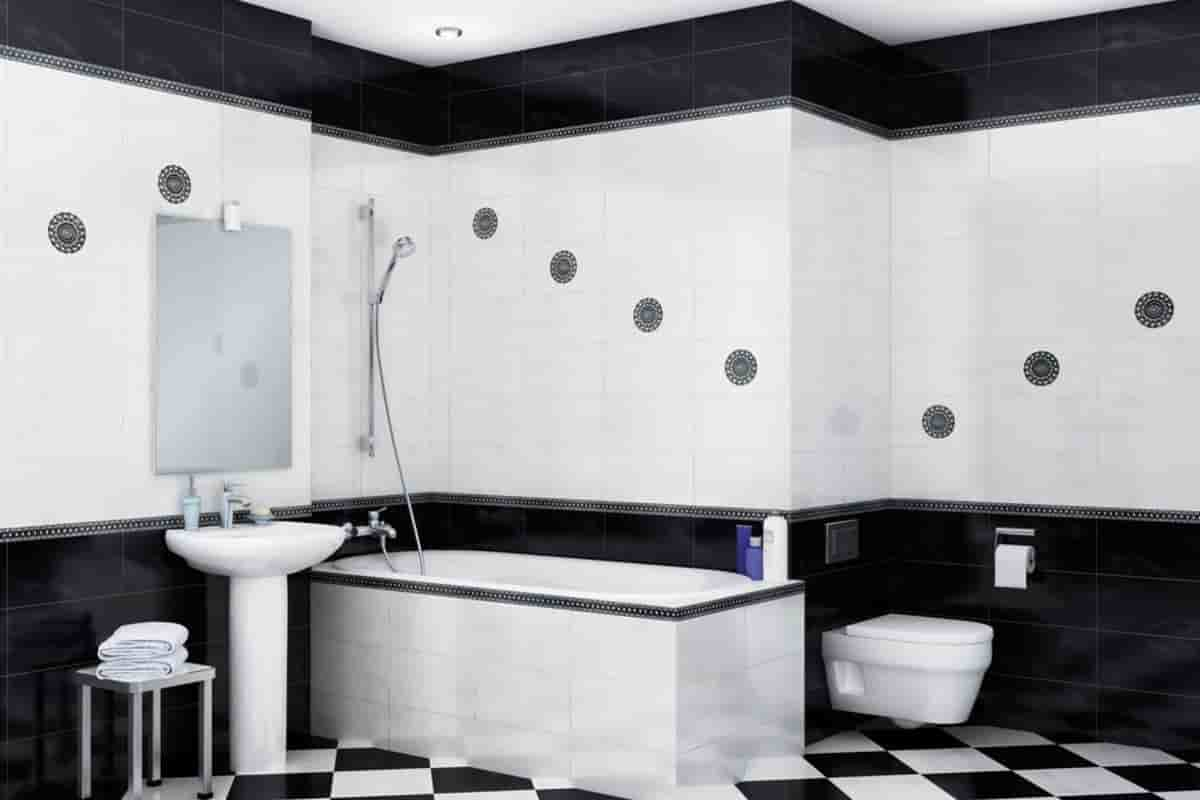
The following is a list of the most typical locations throughout a home where tile can be installed:
The installation of tile is rather prevalent in the kitchen, making it one of the most common places for tile to be found. The tile that is installed on the walls of a kitchen is referred to as the kitchen backsplash. This tile is normally installed between the back of the counter and the bottom of the top cabinets. You might also cover the floor of your kitchen with tile to protect it from any potential harm caused by water.
The installation of tile is also quite prevalent in the bathroom, which is another common location. Because we have a tendency to splash water everywhere once we get out of the shower or bath, tile flooring is frequently laid to protect the floors from any potential harm caused by water.
It is common practice to tile not only the floor but also the walls of the bathroom shower.
Another location in the house that frequently has a tile floor is the foyer or doorway. On an entry floor made of tile, rather than wood, it is considerably easier to clean up after we have tracked in wet and muddy conditions.
Last but not least, the laundry room is another room that is prone to getting wet, which makes tiling the floor of the laundry room a sensible design choice.
Porosity is an important aspect of tile that you need to be aware of before making a purchase. Porosity can be defined as the ratio of air holes to the amount of tile material that is solid. The greater the number of holes or vents, the greater the porosity. This is something that you will want to pay attention to if you are laying tile in a bathroom, kitchen, or entryway.
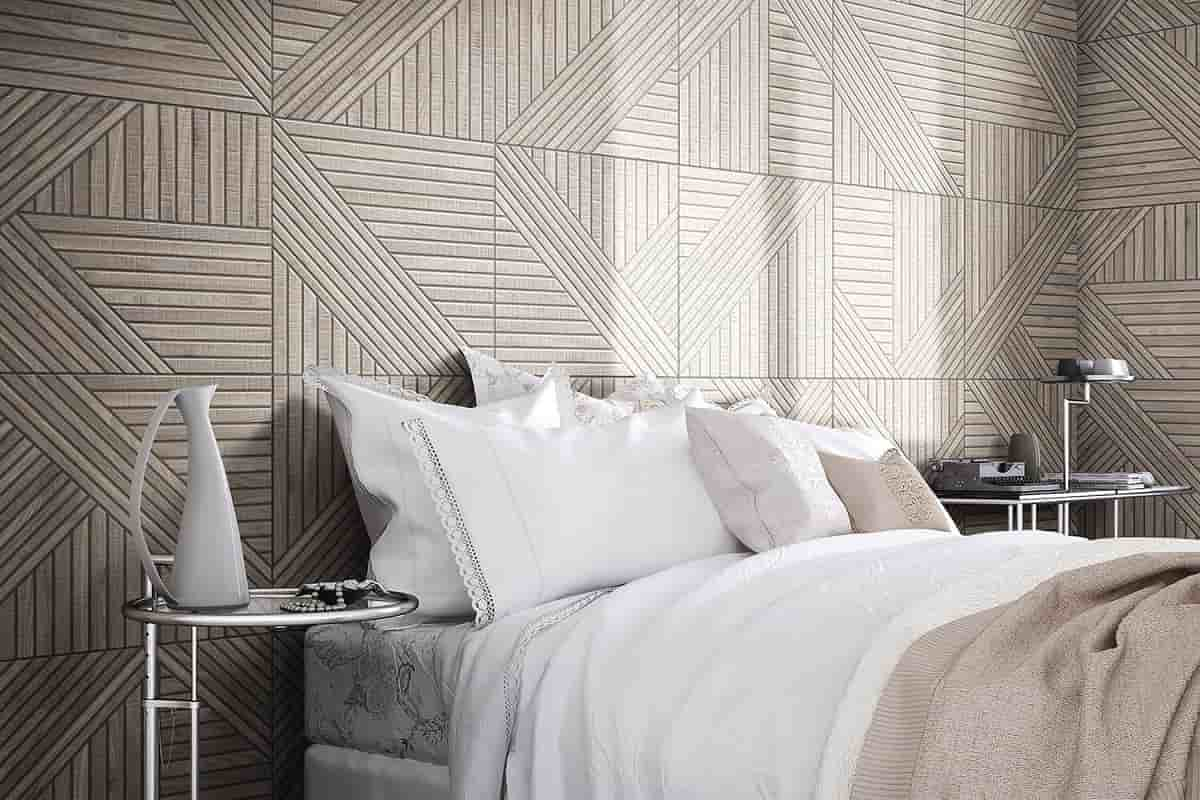
After putting in all of the hard work required to lay tile, the last thing you want to do is celebrate by taking a nice relaxing bath, only to discover that all of the water is leaking through your newly installed floors. Tile manufacturers also rate the porosity of their products, which is analogous to how they rate the hardness.
The following is a list of the different porosity classifications:
- Water absorption of 0.5 percent or below, making the material impervious. It is recommended for use in the kitchen, but most importantly in the bathroom.
- Vitreous: water absorption between 0.5 and 3 percent of the total volume
- Water absorption of 3–7 percent characterizes the semi-vitreous state.
- Non-Vitreous: having a water absorption rate that is greater than 7%. Utilization on floors is not advised for products in this category.
tiles to complete your idea of a unique house
With so many types of tiles to choose from in order to complete your house so that it conveys the unique sense of an exceptional house , it’s a good idea to know the difference between the main types. Here are the different kinds of tile you should consider.
Typically, ceramic tiles are composed of clay and other earthen resources. After being molded, they are fired in a kiln and then glazed with a gorgeous hue. Glazing is a common alternative for tiling because it imparts a more brilliant and glossy look. Ceramic tiles can be installed on walls and floors.
Unlike ceramic, porcelain is fired at a far greater temperature. This makes the final product more sturdy and water-resistant. Additionally, porcelain tile can be used on floors and walls.
To achieve a natural appearance, choose tiles produced from natural stones. This sort of tile must be sealed to achieve optimal water resistance. Natural stone can bring a touch of nature indoors and is quite resilient.
Cement tiles are the most organic alternative. Before firing, the cement is poured into a mold. It is often uncolored and must be sealed upon installation to prevent stains and undesired moisture. Cement tiles should not be utilized as shower or bathroom flooring.
Lastly, vinyl tile is the least priced alternative available. It is available in numerous shapes, colors, and sizes. It is frequently coated and sealed to resist stains and water. Vinyl tile can be installed in any room of the house.
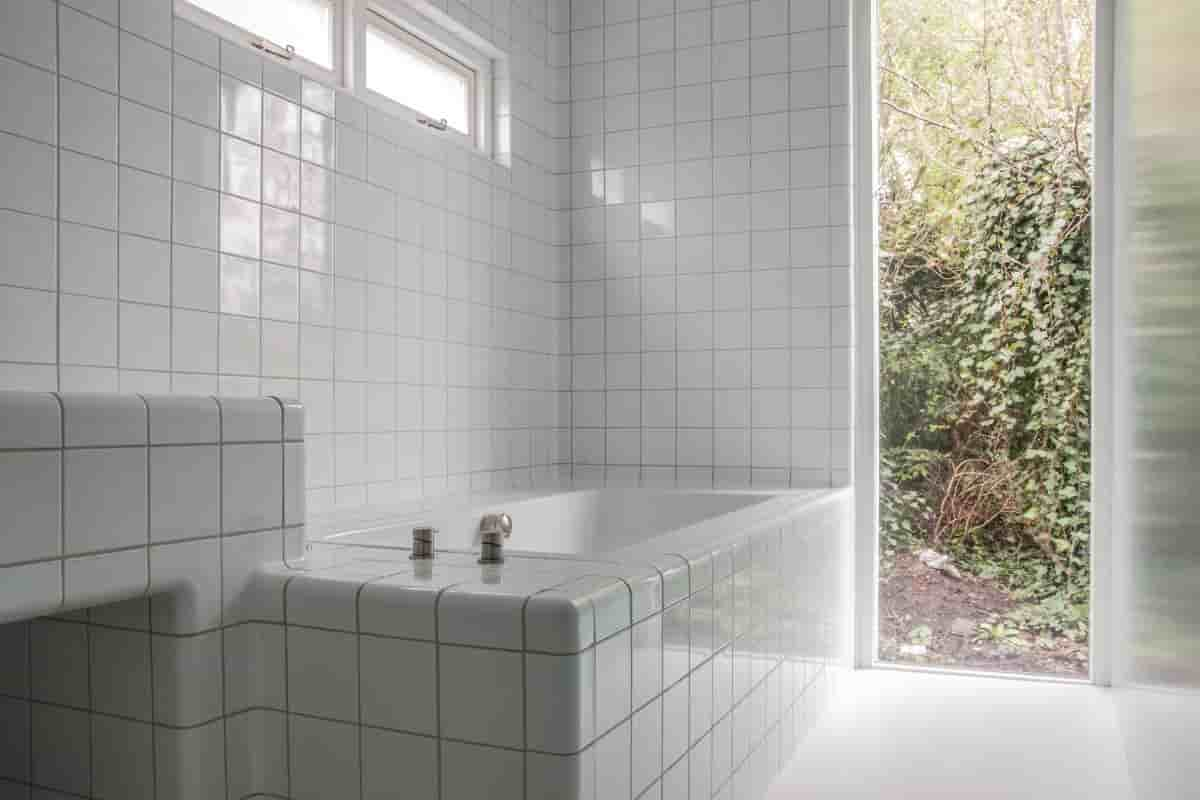
Especially when comparing different types, the sizes of tiles vary considerably. The thickness is typically between half and three-quarters of an inch thick. Mosaic is likely to be the smallest size tile available, as it is around two inches or less and can be put singly or in groups on mesh sheets.
Most typical designs, including octagonal, subway tile, square, and hexagonal, are available in sizes ranging from four by four inches to 24 by 24 inches.
When it comes to wall and floor tiling, there are numerous forms and patterns from which to choose. I would go so far as to suggest that there are more alternatives for unique wall tile styles. There are a number of perennially fashionable options.
- Herringbone: frequently a mosaic of angled “L”-shaped tiles that face the floor or ceiling, based on your choices. It is available in numerous hues and patterns.
- Subway: subway tile is the epitome of traditionalism. Black or white rectangles with a high gloss surface are typically purchased.
- Scallop: Since scallop tiling mimics mermaid scales, it looks great in bathrooms. It is available in a variety of colors, but blue is particularly striking.
Consider a wide “V” while envisioning the Chevron pattern. The finest aspect about chevron is that it looks excellent in any room of the house and may frequently give the place a farmhouse atmosphere.
You have several alternatives when it comes to installing tile. You can get the necessary materials and do it yourself. There are numerous instructional videos and manuals available online.
Alternatively, you might employ a tile installation service if you lack confidence in your own abilities. Typically, they will give everything necessary to complete the task, but this comes at a fee.
When it comes to incorporating tile into your house, you have virtually unlimited alternatives. There are several shapes, sizes, and designs that can accommodate any budget. Remember to compare porosity and hardness when you’re searching for tile, and you’ll be able to select the ideal tile for your home.

There are numerous types of wall tile, including porcelain, ceramic, glass, and stone. As a vertical surface, foot traffic and slide resistance are not considerations, so virtually any material, size, form, or texture can be utilized. The “best” wall tile is therefore subjective.
Many think that ceramic is the best material for wall tiles. It is resistant to water, stains, heat, and scratches and can handle the demands of a kitchen backsplash, bathroom backsplash, or shower with ease. Ceramic tile is the most cost-effective option, is simple to cut, and is available in an abundance of visually appealing hues and patterns.
In addition to being impervious to water and incredibly long-lasting, porcelain is a fantastic option for walls that require extra protection, such as those in high-traffic areas or outdoor applications.
Stone gives the greatest increase in resale value, making luxurious natural stone the finest option for return on investment. However, protective coatings and specialized cleaners designed for natural stone are required.
The backsplash in the kitchen and bathroom is as much a stylistic statement as it is a wall protector.
Ceramic, porcelain, and natural stone wall tiles provide an infinite number of gorgeous mosaic backsplash alternatives.
Natural stone, quartz, and porcelain with an extra-large format are slab possibilities for a seamless contemporary backsplash.
Glass and metal mosaics are fashionable and captivating.
Glass, ceramic, and porcelain can be placed in less than a day and are simple to maintain. Natural stone mosaics cost more and require a bit more maintenance than other materials, but a natural stone backsplash can last a lifetime with regular sealing and a little extra effort.
While all materials offer a beautiful appearance, each piece of mined natural stone is entirely distinct. In addition to their tendency to boost resale value, natural stone backsplashes are gaining popularity.
Because the shower is always wet, extra consideration should be given to the shower wall design. As a vertical surface, shower wall tile is not affected by standing water or foot traffic, but it must be able to endure daily wetness and routine cleaning. For these and numerous more reasons, tile is the perfect option for the shower wall.
Ceramic and porcelain are the most water-resistant, durable, and easy-to-clean options for the shower wall. Natural stone for the shower is gaining popularity and is an elegant option, but it must be sealed prior to use, resealed annually, and cleaned using products suited for natural stone.
Moisture barriers or backer board are necessary for waterproof installation of shower wall tile. Visit our installation guide for more information on installing shower tiles.
Daltile’s new peel-and-stick and groutless technologies make it easier to install wall tile.
They are the ideal option for do-it-yourselfers, as they are simple and quick to install.
These beautiful mosaics are not only simple to install, but they also have a personalized and professional appearance.
Transform your wall in a single afternoon with our grout-free Minute MosaixTM natural stone mosaic or peel-and-stick SimplyStick MosaixTM natural stone and glass mosaic collections. Your walls (and back) will be appreciative.
In designs that flow effortlessly from interior to outdoors, wall tiles designed to withstand the weather are a requirement.
Facade Solutions and VerticalsTM Wall Complements from Daltile’s XteriorsTM range accomplish this. This wall tile is the ideal starting point for creating magnificent exterior facades, fireplaces, kitchens, barbecues, and patios, among other applications.
In stone, brick, wood, and traditional styles, your selections range from well-appointed mosaics to seamless slabs in all sizes. Available in natural cleft piled stone or porcelain imitating stone, wood, and concrete.
Each VerticalsTM series is designed with the capacity to withstand harsh conditions, such as heavy wetness, freeze-thaw cycles, and scorching summer temperatures. Additionally, they look fantastic when performing.
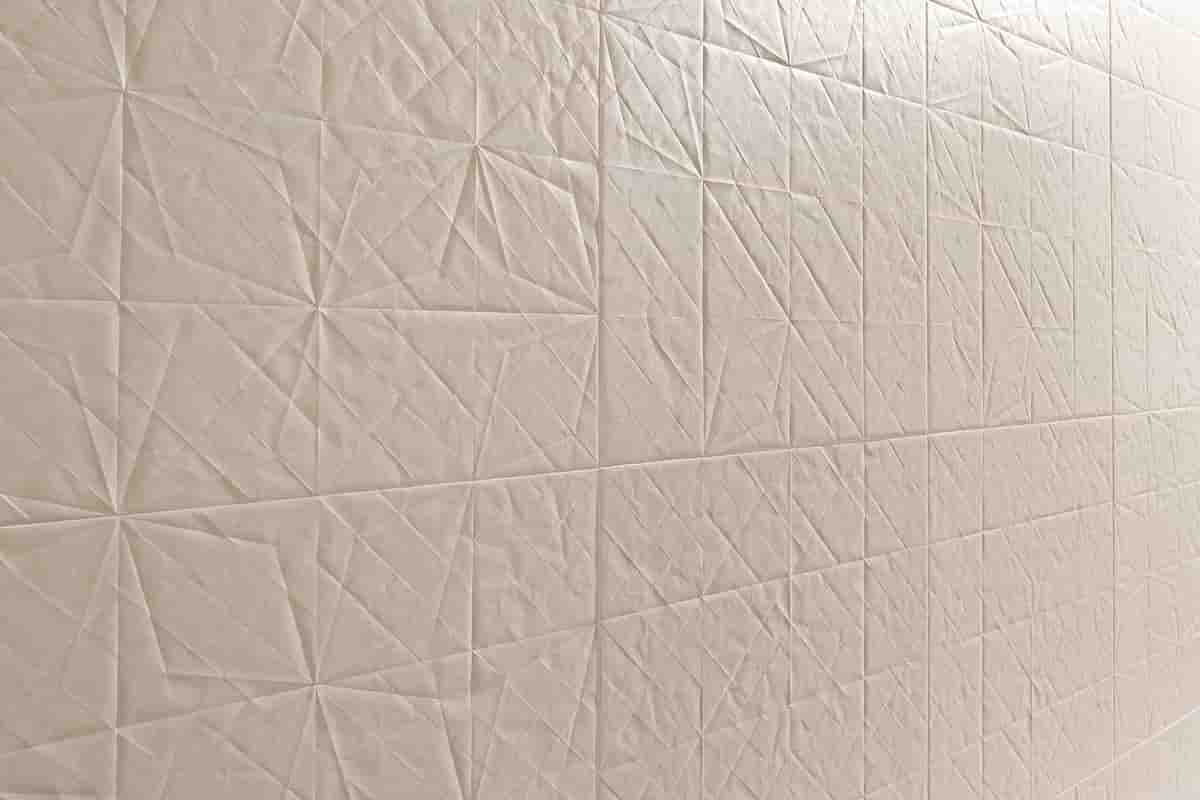










Your comment submitted.